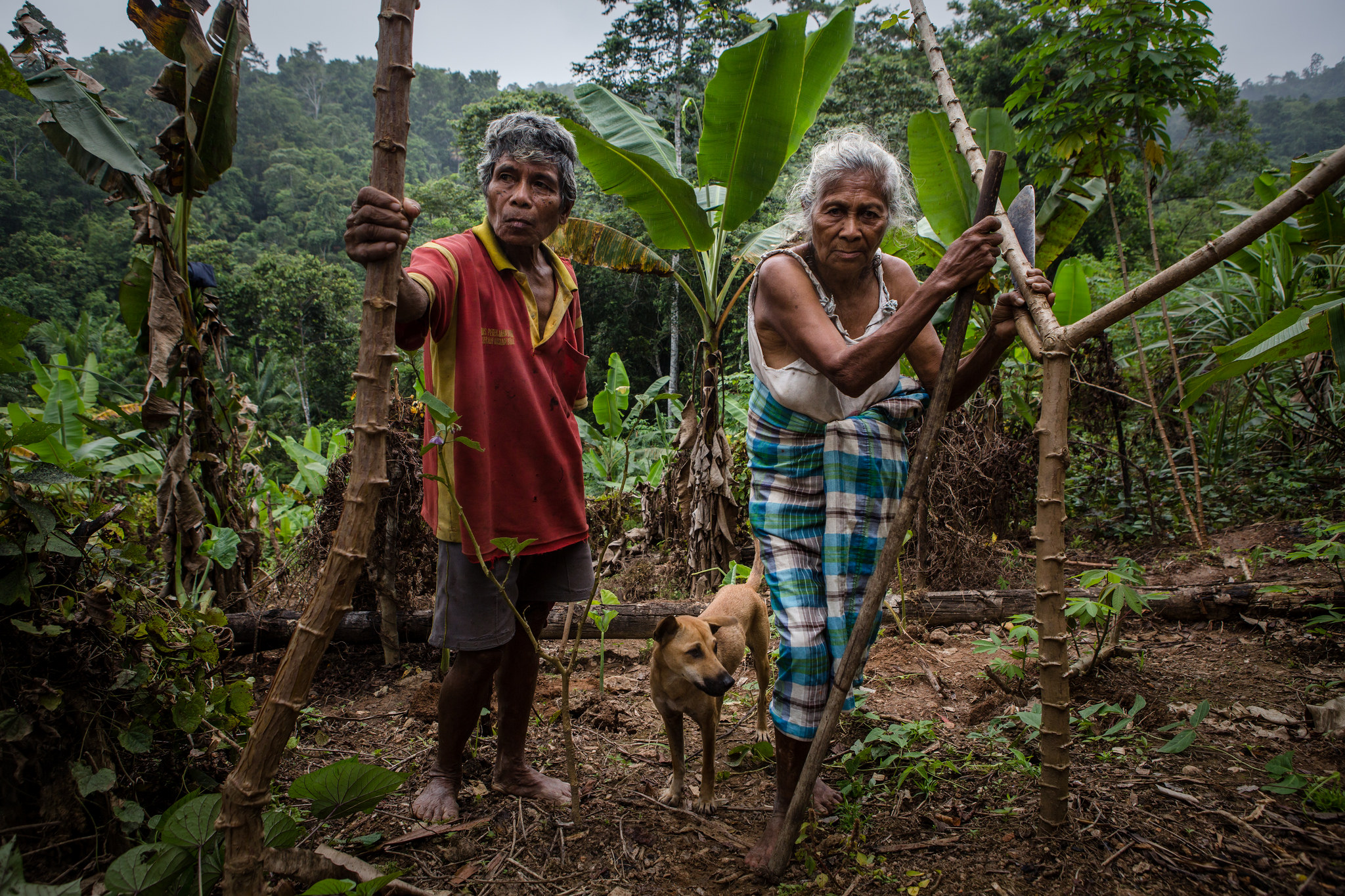In the country of Bhutan, a small Buddhist kingdom in the Himalayas, it is often the middle road that is chosen.
There’s the middle path of the country’s religion and its emphasis on spiritual balance, symbolized in the prayer flags and pagoda tops that peek through the mountain trees. Then there’s the Lateral Road, the main highway that runs east to west through the middle of the country, where Robin Sears, CIFOR consultant and an Assistant Professor at Hampshire College, rides her bike when she visits to research forests, villages and governance.
A middle road approach also applies to the country’s self-designed development index: Gross National Happiness (GNH), conceptualized by the fourth king in the 1970s as a more holistic replacement for the standard measure of Gross Domestic Product (GDP).
Enshrined in Bhutan’s Constitution in 2008, the GNH index now serves as a yardstick for every piece of legislature introduced in the country, ensuring a balance of its four pillars of environmental conservation, cultural preservation, equitable socioeconomic development and good governance.
“It’s so wonderful that GNH looks at a balance of socioeconomic and environmental issues,” says Sears. “It’s structured into policymaking processes. Every proposal for development and budgets and policy has to go through the GNH Commission to see if it meets balanced requirements. It mixes people from different sectors together.”
Often, the pillars of GNH work like dominoes falling into one another. A community’s good relationship with the environment leads to the preservation of their culture, which moves governance to help support the environment through proper forest ecosystem practices. Environment-based socioeconomic development then occurs, and so on.
Until now, however, very little research has been done on these chain reactions, and specifically the relationship between GNH and forestry. Along with a team of five other scientists, Sears recently published a paper looking at existing literature on GNH and assessing how forests tie into this framework.
“I’d been going to Bhutan since 2009, and I’d always heard from my colleagues that we didn’t have evidence for this or that,” says Sears.
“So I was sitting with some of them talking over dinner one night, and we realized that we first needed to define what we needed evidence for, what were the most critical issues in forest ecosystem services in Bhutan. And so we said, ‘Let’s do this thing!’”
SETTING THE TARGETS
The researchers set out to define a baseline for how forests are linked to the country’s developmental direction.
“Everything we do has to feed into government plans,” says Sears. “You can’t come here to study butterflies because you love butterflies. We have to come and do stuff that Bhutan needs.”
The nation’s needs are outlined in the government’s Five Year Plans, which set targets and budgets across all major sectors for the coming period. The current plan, covering the period 2013-2018, includes four priority areas related to forest ecosystem services, the most important of which is enhancing water security through a national water resource management plan.
“The big thing that the government has been pushing in the last four to eight years is watershed management. How do we reduce soil erosion? How do we keep rivers clean?”
But there is little research as yet on water issues, such as quality, quantity, watersheds and the effects of hydropower infrastructure. For instance, Bhutan’s dams face issues of flooding and adverse effects on biodiversity, like fish, algae, flora and rare fauna like white-bellied herons.
Furthermore, as water supplies change with shifting precipitation patterns and the melting of Himalayan glaciers due to climate change, studies on water regulation and payment mechanisms for water protection are set to become increasingly important. The new study lays out what knowledge exists on these topics so that the gaps can be filled in.
Another priority for this five-year period is strengthening livelihood opportunities for forest-based communities – in other words, increasing the incomes of those who depend on forests. If this is successful, forestry authorities can use the success stories to push harder for the maintenance of forests in the face of competing interests for development of land into ranches or cash-crop plantations.
“As well as boosting the productivity of forests, we want to create and promote a market for forest products. If we can show that standing forests are valuable, that’s the way to keep them around,” says Sears.

